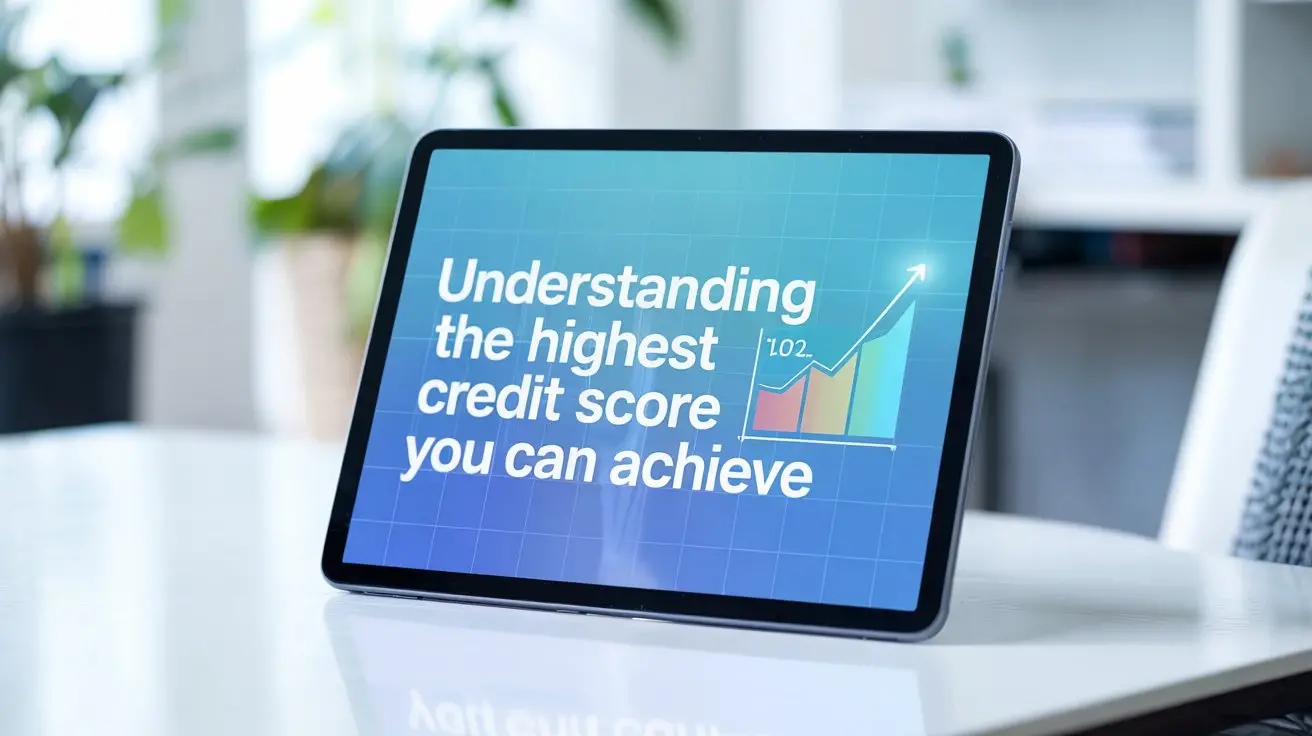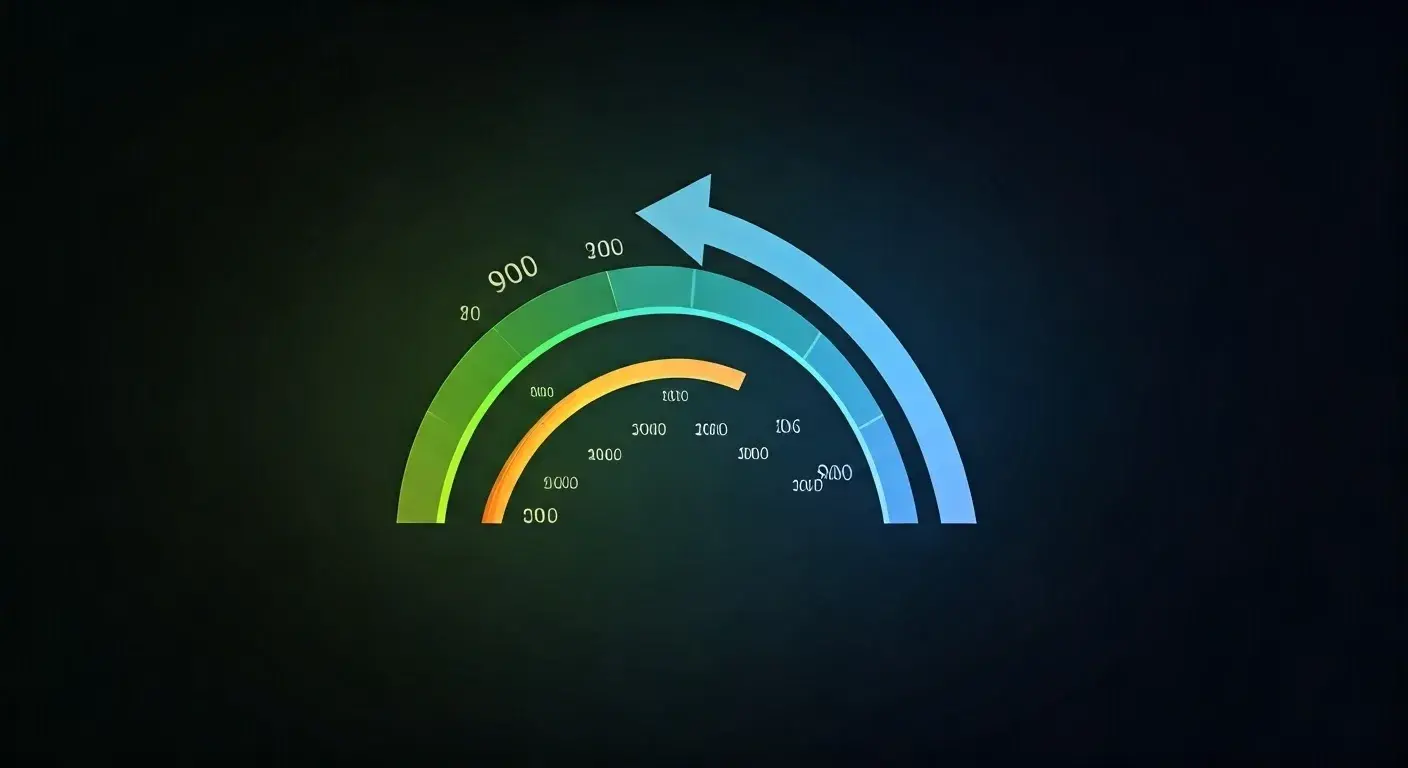-
Posted on: 31 Jul 2024
-
Your credit score is a crucial element of your financial health. It impacts your ability to get approved for loans, credit cards, mortgages, and even rental applications. Knowing your credit score is the first step towards managing and improving it. However, many people worry about the potential impact of checking their credit score – will it lower their score? Fortunately, there are several safe and free methods to monitor your credit without harming your credit standing. This guide will walk you through the best options.
Understanding the Difference: Hard Inquiries vs. Soft Inquiries
Before diving into the methods, it's essential to understand the difference between hard and soft credit inquiries. This is the key to checking your credit score safely.
- Hard Inquiry: Occurs when a lender checks your credit report to make a lending decision. This usually happens when you apply for a credit card, loan, or mortgage. Hard inquiries can slightly lower your credit score, especially if you have many of them within a short period.
- Soft Inquiry: Occurs when you check your own credit report, or when a company checks your credit for pre-approved offers or background checks. Soft inquiries do NOT affect your credit score.
The methods described below use soft inquiries, so you can check your credit score without worrying about negative impacts.
Safe and Free Methods to Check Your Credit Score
1. AnnualCreditReport.com: Your Free Credit Report Annually
The Fair Credit Reporting Act (FCRA) entitles you to one free credit report annually from each of the three major credit bureaus: Experian, Equifax, and TransUnion. You can access these reports through AnnualCreditReport.com. This is the only website authorized by the federal government to provide these free reports.
How it works:
- Visit AnnualCreditReport.com.
- Fill out the required information (name, address, social security number, etc.).
- Choose which credit bureau's report you want to access. You can choose all three at once or space them out throughout the year.
- View and download your credit report.
Important Note: AnnualCreditReport.com provides your *credit report*, which is a detailed history of your credit accounts and payment activity. It *doesn't* provide your credit score directly. You'll need to use one of the other methods below to get your actual credit score.
2. Credit Karma: Free Credit Scores and Credit Reports
Credit Karma is a popular free service that provides your credit scores and credit reports from TransUnion and Equifax. They use a VantageScore 3.0 model, which may differ slightly from the FICO score used by most lenders, but it gives you a good indication of your credit health.
How it works:
- Visit Credit Karma and create a free account.
- Provide the necessary information for verification.
- Access your TransUnion and Equifax credit scores and reports.
- Credit Karma also provides credit monitoring and personalized recommendations to improve your credit.
Monetization: Credit Karma earns revenue through partnerships with credit card companies and other financial institutions. They may recommend products that are tailored to your credit profile. It's crucial to remember that they are a business, and their recommendations may not always be the best fit for your individual needs. Always do your own research before applying for any financial product.
3. Credit Sesame: Free Credit Score and Credit Monitoring
Credit Sesame is another free service similar to Credit Karma. It provides your credit score based on the VantageScore 3.0 model and offers credit monitoring services.
How it works:
- Visit Credit Sesame and create a free account.
- Provide the required information for verification.
- Access your credit score and report. Credit Sesame typically provides a TransUnion score.
- Take advantage of their credit monitoring and personalized recommendations.
Monetization: Like Credit Karma, Credit Sesame earns revenue through affiliate marketing and recommendations of financial products. Be mindful of these recommendations and conduct your own due diligence.
4. Experian: Free Credit Score and Report with Free Account
Experian, one of the three major credit bureaus, offers a free account that allows you to access your Experian credit score and report. This is a direct source and uses their own scoring model, so it's a valuable resource.
How it works:
- Visit Experian's website and create a free account.
- Verify your identity.
- Access your Experian credit score and report.
- Utilize their credit monitoring features and credit education resources.
Upselling: Experian will likely try to upsell you on their paid credit monitoring services. Be aware of this and only subscribe if you genuinely need the additional features.
5. Discover Credit Scorecard: Free Credit Score, Even if You're Not a Customer
Discover Credit Scorecard is a free tool offered by Discover that provides your TransUnion credit score, even if you are not a Discover cardholder. It's a great option if you want to check your score from TransUnion without signing up for a new credit card.
How it works:
- Visit Discover Credit Scorecard.
- Enter the required information (name, address, social security number, etc.).
- View your TransUnion credit score.
- Discover also provides a summary of your credit report and factors that are affecting your score.
Marketing: Expect to see promotions for Discover credit cards and other products. It's part of their business model.
6. Through Your Credit Card Issuer or Bank
Many credit card issuers and banks offer free credit score monitoring as a benefit to their customers. Check with your current credit card companies and bank to see if they provide this service. They often use a FICO score, which is widely used by lenders.
How it works:
- Log in to your online banking portal or credit card account.
- Look for a section labeled "Credit Score," "Credit Monitoring," or something similar.
- Follow the instructions to access your credit score.
This is a convenient way to keep an eye on your credit score since you're already managing your finances through these platforms.
Tips for Monitoring Your Credit Score Effectively
Checking your credit score is just the first step. To manage your credit effectively, consider these tips:
- Check your credit report regularly: Use AnnualCreditReport.com to access your free credit reports from each bureau. Look for errors or signs of identity theft.
- Monitor your credit score: Use one or more of the free services mentioned above to track your credit score over time.
- Pay your bills on time: Payment history is the most significant factor in your credit score.
- Keep your credit utilization low: Avoid using a high percentage of your available credit. Ideally, keep your credit utilization below 30%.
- Don't apply for too much credit at once: Too many hard inquiries in a short period can lower your credit score.
- Correct any errors on your credit report: If you find any inaccuracies, dispute them with the credit bureau.
What to Do If You Find Errors on Your Credit Report
Finding errors on your credit report can be stressful, but it's crucial to take action to correct them. Here's what you should do:
- Identify the errors: Carefully review your credit report and highlight any inaccuracies.
- Gather supporting documentation: Collect any documents that support your claim, such as payment records, bank statements, or letters from creditors.
- File a dispute with the credit bureau: Each credit bureau (Experian, Equifax, and TransUnion) has a process for disputing errors. You can typically file a dispute online or by mail. Be sure to include a clear explanation of the error and any supporting documentation.
- Contact the creditor: If the error involves a specific account, you may also want to contact the creditor directly to resolve the issue.
- Follow up: The credit bureau has 30 days to investigate your dispute. Follow up with them to check on the status of your dispute.
- Review the results: Once the investigation is complete, the credit bureau will notify you of the results. If the error is corrected, make sure it is reflected on your credit report. If the error is not corrected, you may have the right to add a statement to your credit report explaining the situation.
Correcting errors on your credit report can improve your credit score and ensure that you have accurate information on file.











